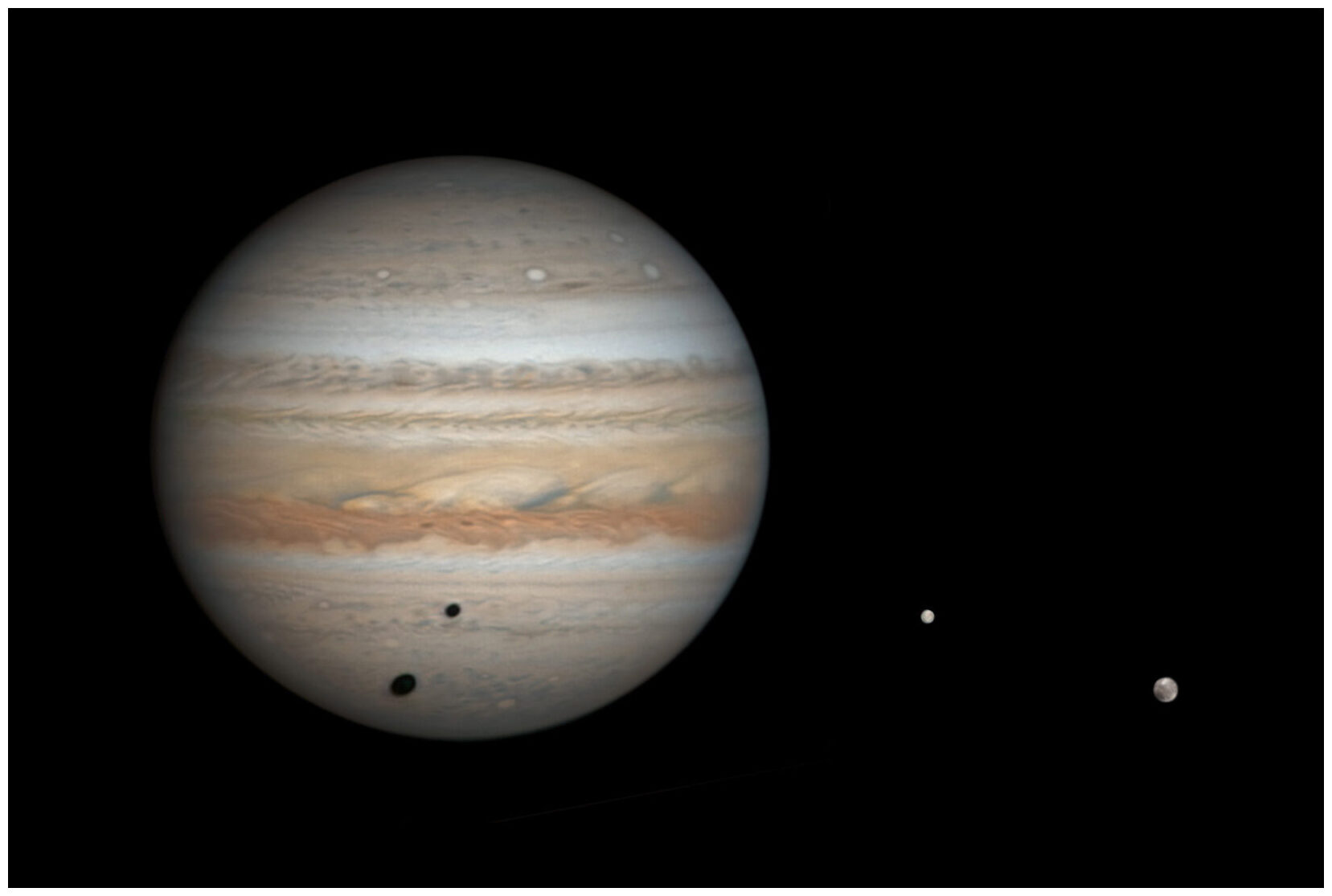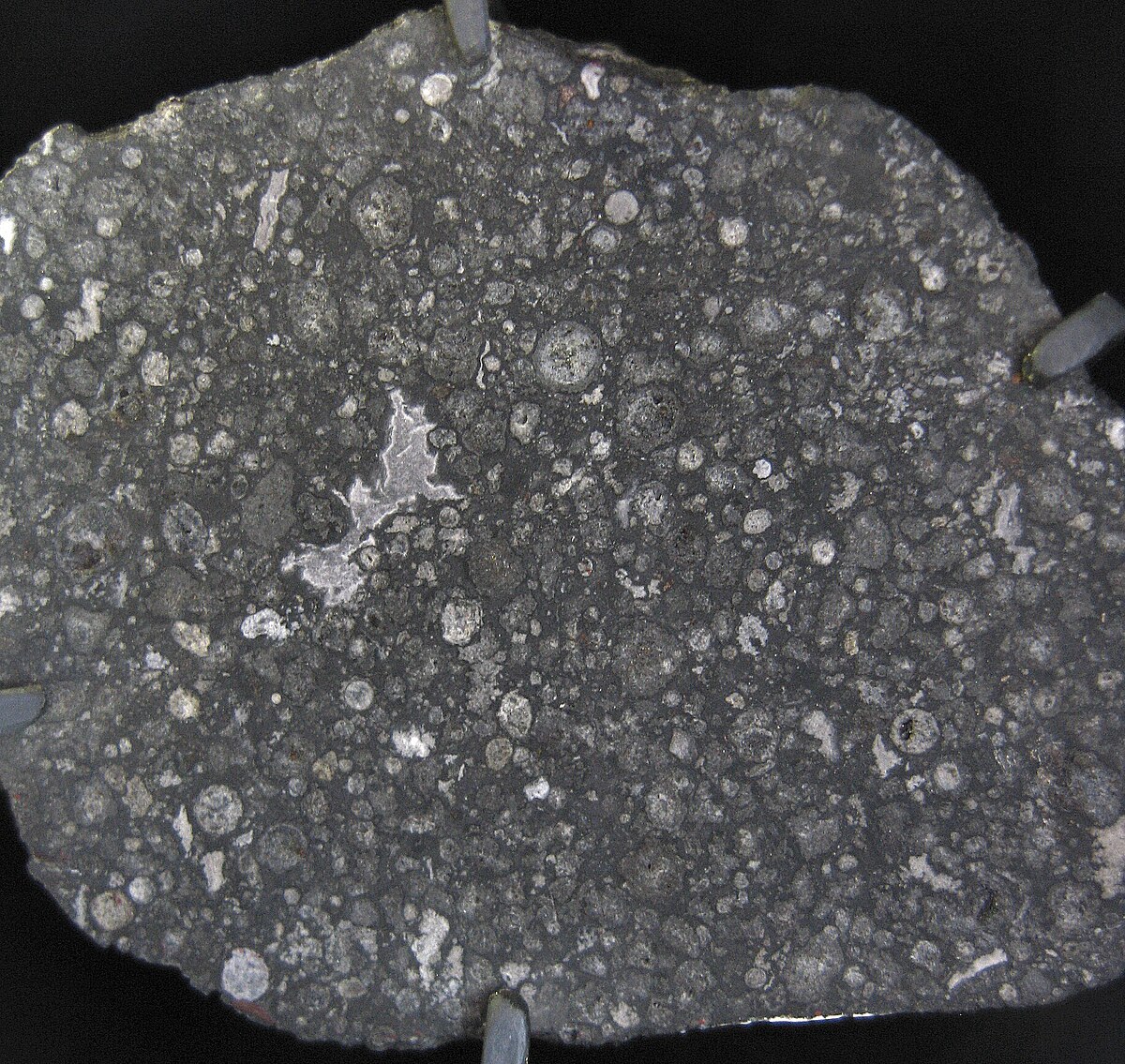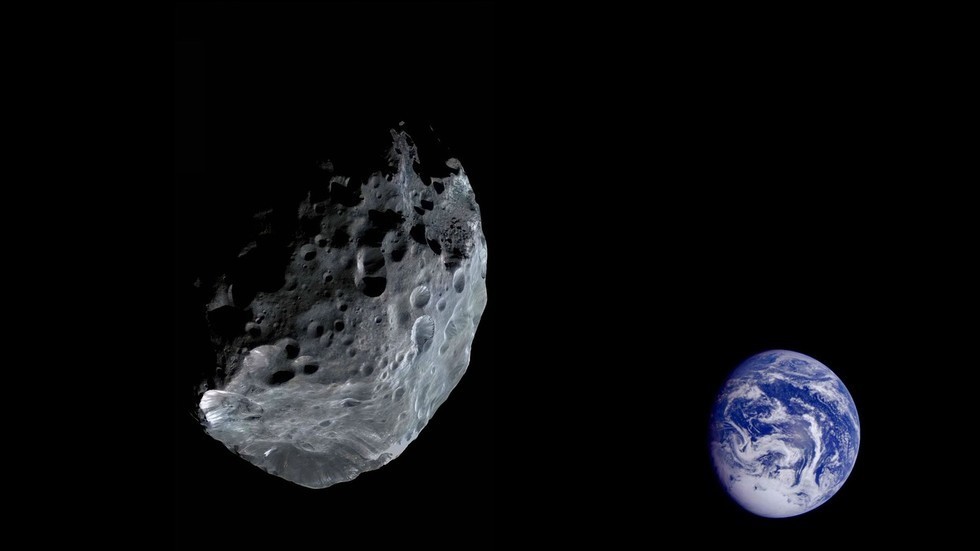Remembering the 1988 attempted exploration of Mars moon Phobos, (and that outcome).
Japan's MMX
Nowadays, I made a video using Stella Navigator and Google Earth to explain the orbit and route of the fireball that became the Narashino meteorite on July 2. It's a little off for explanation, but I hope you can feel that you've rushed in like this.

 www.jpl.nasa.gov
Snip: December 5, 2019
www.jpl.nasa.gov
Snip: December 5, 2019
"Among Bennu's many surprises, the particle ejections sparked our curiosity, and we've spent the last several months investigating this mystery," said Dante Lauretta, OSIRIS-REx principal investigator at the University of Arizona in Tucson. "This is a great opportunity to expand our knowledge of how asteroids behave."
After studying the results of the observations, the mission team released their findings in a Science paper published Dec. 6. The team observed the three largest particle-ejection events on Jan. 6 and 19, and Feb. 11, and concluded that the events originated from different locations on Bennu's surface. The first event originated in the southern hemisphere, and the second and third events occurred near the equator. All three events took place in the late afternoon on Bennu.
This animation illustrates the modeled trajectories of particles that were ejected from Bennu's surface on January 19. After ejecting from the asteroid's surface, the particles either briefly orbited Bennu and fell back to its surface or escaped away from Bennu and into space.
Flashback: Interstellar gatecrasher 2I/Borisov is no ordinary comet
Snip: April 20, 2020
It was born long ago in a rotating disc of gas and dust surrounding a newly formed star in a place that must have been rich in carbon monoxide, Bodewits said. That star may have been what is called an M-dwarf, far smaller and cooler than the sun and the smallest type of star that is known, Bodewits said.
Scientists initially concluded last year that 2I/Borisov was similar to comets from our solar system, but data from the Hubble Space Telescope and an observatory in Chile revealed its differences.
Asteroid 2020 QL2
Japan's MMX
Nowadays, I made a video using Stella Navigator and Google Earth to explain the orbit and route of the fireball that became the Narashino meteorite on July 2. It's a little off for explanation, but I hope you can feel that you've rushed in like this.

NASA's OSIRIS-REx Explains Bennu Mystery Particles
The spacecraft discovered that asteroid Bennu could be active, consistently discharging particles into space.
"Among Bennu's many surprises, the particle ejections sparked our curiosity, and we've spent the last several months investigating this mystery," said Dante Lauretta, OSIRIS-REx principal investigator at the University of Arizona in Tucson. "This is a great opportunity to expand our knowledge of how asteroids behave."
After studying the results of the observations, the mission team released their findings in a Science paper published Dec. 6. The team observed the three largest particle-ejection events on Jan. 6 and 19, and Feb. 11, and concluded that the events originated from different locations on Bennu's surface. The first event originated in the southern hemisphere, and the second and third events occurred near the equator. All three events took place in the late afternoon on Bennu.
Flashback: Interstellar gatecrasher 2I/Borisov is no ordinary comet
Snip: April 20, 2020
It was born long ago in a rotating disc of gas and dust surrounding a newly formed star in a place that must have been rich in carbon monoxide, Bodewits said. That star may have been what is called an M-dwarf, far smaller and cooler than the sun and the smallest type of star that is known, Bodewits said.
Scientists initially concluded last year that 2I/Borisov was similar to comets from our solar system, but data from the Hubble Space Telescope and an observatory in Chile revealed its differences.
Asteroid 2020 QL2









 Plus, no other sightings reported.
Plus, no other sightings reported.